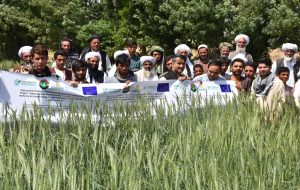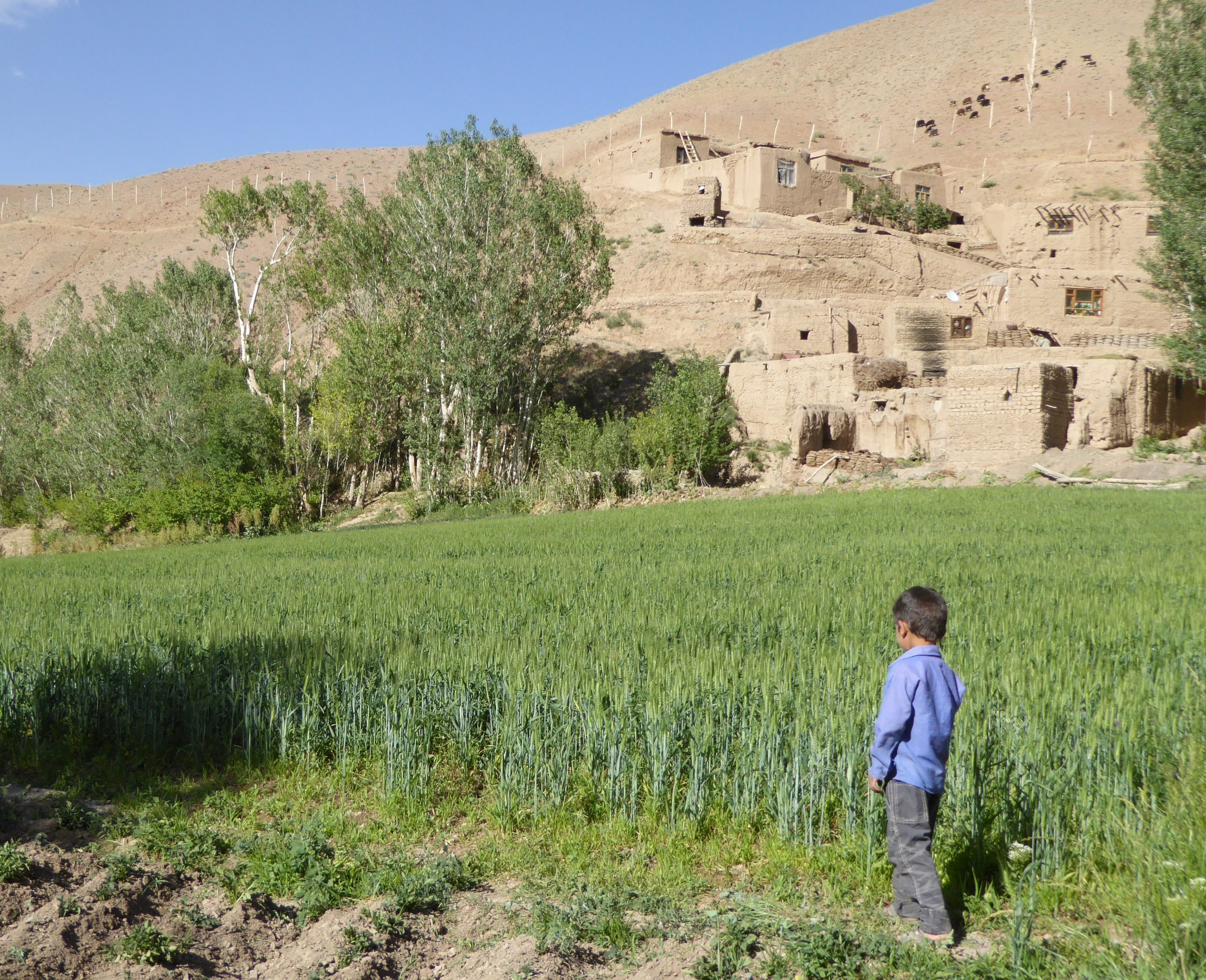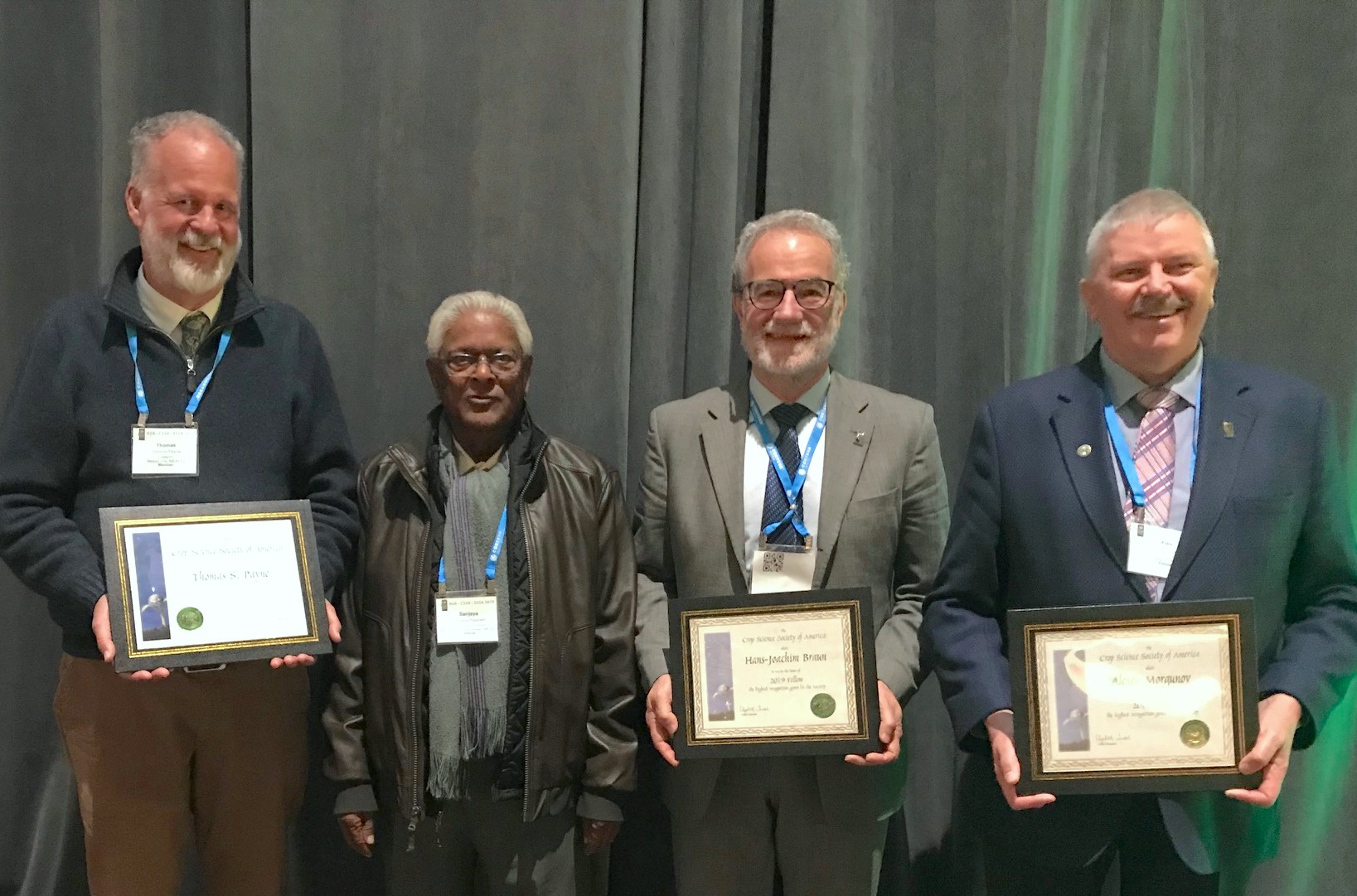
For thousands of years, farmers in Afghanistan, Turkey and other countries in the region, have been breeding wheat, working closely with the environment to develop traditional wheat varieties known as landraces. Untouched by scientific breeding, landraces were uniquely adapted to their environment and highly nutritious.
As agriculture became more modernised and intensified, it threatened to push these traditional landraces into extinction, resulting in the loss of valuable genetic diversity. Institutions around the world decided to act, forming germplasm collections known as genebanks to safely house these landraces.
In 2009, a team of wheat scientists from the International Maize and Wheat Improvement Center (CIMMYT), the International Center for Agricultural Research in the Dry Areas (ICARDA), the UN Food and Agriculture Organization (FAO), and national partners set off on a five-year expedition across Central Asia to collect as many landraces as they could find. The project, led by FAO Cereal Breeder and former CIMMYT Principal Scientist Alexey Morgunov, was made possible by the International Treaty on Plant Genetic Resources for Food and Agriculture Benefit-Sharing Fund.
The project had two main missions. The first is to preserve landrace cultivation in three countries, Afghanistan, Turkey and other countries in the region by selecting, purifying, and multiplying the landraces and giving them back to farmers. The second is to scientifically evaluate, characterize and use these landrace varieties in ongoing breeding programmes, exchange the information between the countries, and to deposit the seeds in genebanks to safely preserve them for future generations.
The latest results from the project were published in July in the journal Crops. The study, authored by a team of experts from CIMMYT, ICARDA, FAO, and research institutes in Afghanistan, Turkey and other countries in the region, compared the diversity, performance, and adaptation of the collected wheat landraces with modern varieties grown in the regions using a series of field experiments and cutting-edge genomic tools.
“Landraces are very useful from a breeding perspective because they have been cultivated by farmers over thousands of years and are well adapted to climate change, have strong resistance to abiotic stresses and have very good nutritional quality,” said Rajiv Sharma, a CIMMYT senior scientist and co-author of the paper.
“We were interested in seeing how well landraces adapt to certain environments, how they perform agronomically, and whether they are more diverse than modern varieties grown in these regions – as well as give their improved versions back to farmers before they are lost.”
The experiments, which were carried out in 2018 and 2019 in Turkey, and 2019 in Afghanistan, and other countries in the region revealed several physical characteristics in landraces which are no longer present in modern varieties. For example, the team found striking differences in spike and grain colors with landraces more likely to have red spikes and white grains, and modern varieties tending to have white spikes and red grains. This may have adaptive values for high altitudes and dry conditions.
A surprising finding from the study, however, was that landraces were not more genetically diverse than modern landraces.
“Many people thought that when we went from cultivating landraces to modern varieties, we lost a lot of diversity but genetically speaking, that’s not true. When you look at the genomic profile, modern varieties are just as diverse as landraces, maybe even a little bit more so,” said Sharma.
When the team compared landraces and modern varieties on crop performance, the results were mixed with modern wheat varieties outyielding landraces in half of the environments tested. However, they found that the highest yielding landraces were just as good as the best modern varieties – a reassuring finding for farmers concerned about the productivity of their crops.
A new breeding paradigm
The results of the study have important implications for landrace conservation efforts in farmers’ fields and in future breeding strategies. While crossing wheat landraces with modern varieties to develop improved modern varieties is not new, the authors proposed a novel alternative breeding strategy to encourage the continued cultivation of landraces: improving landraces by crossing them with other landraces.
“In order to maintain landraces, we have to make them competitive and satisfy farmers’ needs and requirements. One option is that we breed landraces,” said Sharma.
“For example, you might have a landrace that is very-high yielding but susceptible to disease. By crossing this variety with another landrace with disease-resistant traits you can develop a new landrace better suited to the farmer and the environment. This approach maintains all the features of landraces – we are simply accelerating the evolution process for farmers to replace the very fast disappearance of these traditional varieties.”
This approach has already been used by crop scientists at the University of California, Davis who has successfully developed and registered “heirloom-like varieties” of dry beans. The varieties trace about 98% of their ancestry to landraces but are resistant to the common mosaic virus.
Heirloom food products are becoming increasingly popular with health-conscious consumers who are willing to pay a higher price for the products, garnering even more interest in conserving traditional landraces.
One of the overarching aims of the project was to give wheat landraces back to farmers and let nature take its course. Throughout the mission, the team multiplied and returned landrace seed to over 1500 farmers in communities across Afghanistan, Turkey and other countries in the region. The team also supplied over 500 farmers with improved landrace seed between 2018 and 2019.
Despite the political turmoil facing these countries, particularly Afghanistan, farmers are still growing wheat and the project’s contribution to food security will continue.
These landraces will take their place once more in the farming landscape, ensuring on-farm wheat diversity and food security for future generations.
This research was conducted with the financial assistance of the European Union within the framework of the Benefit-Sharing Fund project “W2B-PR-41-TURKEY” of the FAO’s International Treaty on Plant Genetic Resources for Food and Agriculture.

 Capacity development
Capacity development 